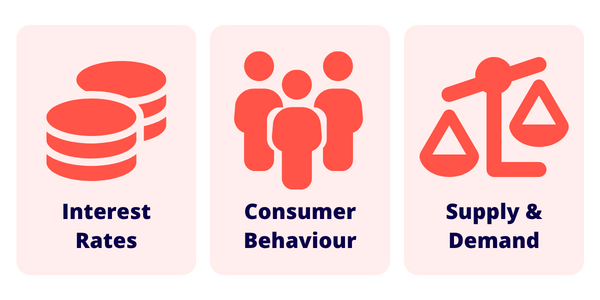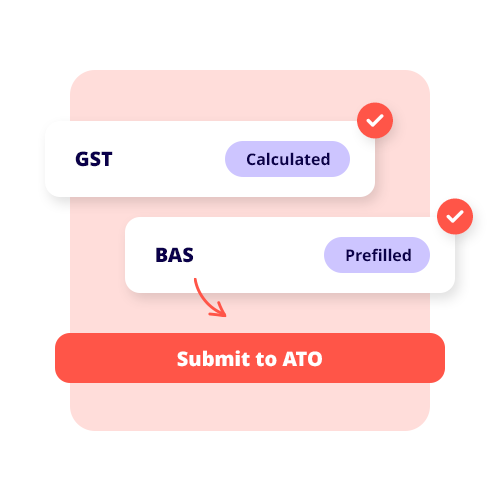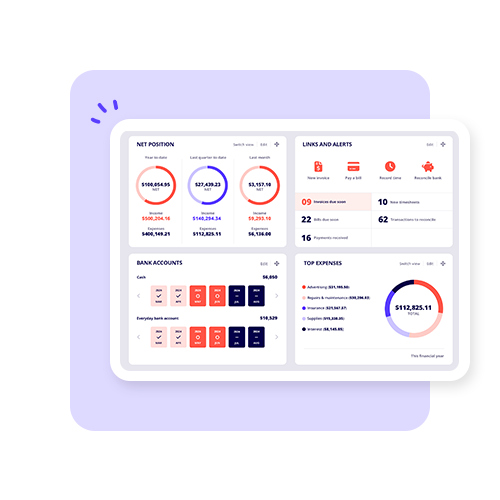TABLE OF CONTENTS
If you’ve ever taken an economics class or browsed through a finance article, you might’ve stumbled across the Latin phrase ceteris paribus. It essentially translates to “all other things being equal” or “holding other things constant.”
The ceteris paribus principle can help simplify complex scenarios, especially in economics and finance. But how exactly does it apply to accounting? And can it really help you make better decisions?
Our thoughts on the ceteris paribus principle
At its core, the ceteris paribus assumption is a way to study cause and effect. Given that our world is constantly changing, it’s difficult to isolate the impact of one variable without interference from others. The ceteris paribus principle can help economists – and, yes, accountants – control for other factors and see how a change in one variable might influence another.
Let’s take economics as an example: if the price of raw materials increases, ceteris paribus, the cost of production also rises. This assumes all other economic factors (like labour costs or rent) also stay constant.
In accounting, the principle can help you think about how changes in interest rates or depreciation might impact your financial statements – provided other economic variables remain constant. The problem is that real life rarely cooperates by keeping all things constant. Still, ceteris paribus allows for more focused analysis.
Ceteris paribus in accounting contexts
Accounting intersects with economics, especially when you’re analysing financial ratios or preparing investment appraisals. Take budgeting as an example. If your business raises its marketing spend, with ceteris paribus, you might expect an increase in sales. It’s an assumption that will help isolate the impact of marketing on revenue without other influences (e.g. seasonal demand changes or new competitors).
Another use might be in cost-volume-profit (CVP) analysis. When calculating the break-even point, you might assume fixed costs and sales price will stay constant. This is, essentially, applying the ceteris paribus assumption. You’re holding those other factors equal to understand how a change in only one variable – like sales volume – will influence profit.
Why ceteris paribus makes analysis easier
Accounting is full of assumptions. Ceteris paribus makes complex economic models much simpler by homing in on a single independent variable while treating other factors as constants. It can be incredibly helpful for scenario planning or economic forecasting.
Let’s imagine you’re evaluating how a 10% increase in the price of a service will affect demand. Using the ceteris paribus assumption, you can try to isolate the price impact. Without it, your results might be skewed by other variables (e.g. shifts in customer behaviours or supply-chain delays).
It’s a similar approach to the scientific method – controlling as many variables as possible to test a single hypothesis. So why not try using it when forecasting trends or building out economic models?
Limitations of the ceteris paribus assumption
Ceteris paribus is indeed valuable, but as a tool it has its limitations. Economists and financial consultants warn against relying too heavily on assumptions that all things remain equal. In reality, multiple variables change simultaneously. An increase in the minimum wage, for example, doesn’t just affect the cost of labour – it can also influence consumer spending and supplier pricing.
The problem with assuming that all other variables are held constant is that it oversimplifies economic laws and can even dilute real-world applications. If one variable changes in practice, others are likely to shift at the same time. Human nature, market trends, and policy changes make it nearly impossible to isolate specific variables completely.
That being said, ceteris paribus still serves as a very worthy jumping-off point. It can help your business make more accurate predictions, at least directionally, about how some economic variables will behave.
Examples of ceteris paribus in action

While it isn’t necessarily always the case, under the assumption of ceteris paribus, the following should occur:
- Interest rates: If the Reserve Bank raises interest rates, borrowing costs will increase and business investment will decrease.
- Consumer behaviour: If you lower the price of your product, demand for the product will rise.
- Supply and demand: If the supply of raw materials drops, prices tend to rise.
Comparing ceteris paribus and mutatis mutandis
Don’t confuse ceteris paribus with another Latin phrase, mutatis mutandis. Both relate to assumptions, but they serve quite different purposes. Ceteris paribus means all other variables stay the same so that you can focus on one. Mutatis mutandis, meaning “after the necessary changes have been made”, is instead used for comparisons that need adjusting.
In accounting, you might talk about mutatis mutandis when comparing this year’s budget to last year’s, assuming adjustments for inflation or new business activities. Ceteris paribus, on the other hand, would help you isolate the effect of a tax increase, assuming everything else stayed the same.
Why this matters for small businesses
Small business owners don’t usually have the time or resources to analyse dozens of economic factors, so it’s handy to use ceteris paribus to test one variable at a time. You can use it for budgeting or pricing strategies, or to plan for expected changes in your industry’s economic environment.
Even if the real world doesn’t play by the rules of economic models, ceteris paribus can be helpful to reframe your thinking and small business management.
See related terms
What are assets?
What is capital?
What is gross profit?



















































